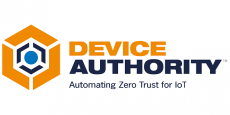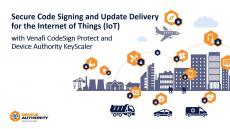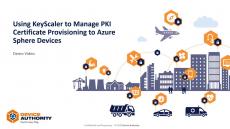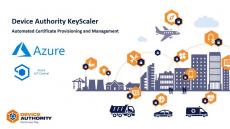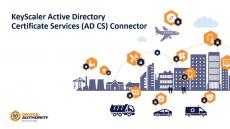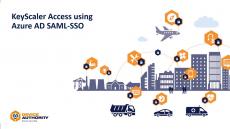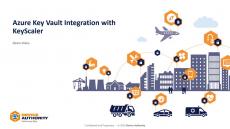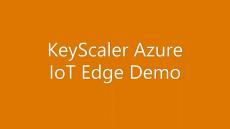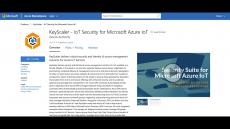- January 2025 (1)
- December 2024 (8)
- November 2024 (3)
- October 2024 (7)
- September 2024 (4)
- August 2024 (4)
- July 2024 (5)
- June 2024 (2)
- May 2024 (5)
- April 2024 (3)
- March 2024 (4)
- February 2024 (5)
- January 2024 (4)
- November 2023 (3)
- October 2023 (3)
- September 2023 (5)
- August 2023 (4)
- July 2023 (6)
- June 2023 (4)
- May 2023 (1)
- April 2023 (8)
- March 2023 (1)
- February 2023 (3)
- January 2023 (4)
- November 2022 (5)
- October 2022 (3)
- September 2022 (5)
- August 2022 (3)
- September 2021 (1)
- May 2021 (1)
- November 2020 (1)
- August 2020 (1)
- July 2020 (5)
- April 2020 (1)
Device Authority is a global leader in Identity and Access Management (IAM) for the Internet of Things (IoT). Our KeyScaler™ platform provides trust for IoT devices to help enterprises protect their investment and their customers from cyber attacks. As the professional IoT world rapidly expanded, our founders saw a need for a centralised security solution to help enterprises keep their devices safe from malicious attacks.
The state-of-the-art KeyScaler™ platform has been continuously developed over the years to provide advanced technology for customers. Device Authority helps well-renowned customers around the world protect their brand integrity, and develop new IoT devices with built-in security measures from the start.
A single platform to manage your device permissions, secure your data’s privacy, automate security protocols, and maintain compliance:
- KeyScaler Identities: Increase efficiency and reduce IT overheads with automated password/ certificate management.
- KeyScaler Data Security: Patented technology automates compliance and prevents disruption, espionage, and attacks.
- KeyScaler Secure Updates: Your best defence against security breaches through unauthorised software or firmware updates.
- KeyScaler HSM Access Controller: Mitigate security risks, accelerate time to market, and protect brand reputation with HSM Access Controller
- KeyScaler Edge: Manage authorisation at scale with device identity, integration, and automation.
Your company’s ultimate cybersecurity protection.


